Stacking stones - founders reveal the concept of their movement toy
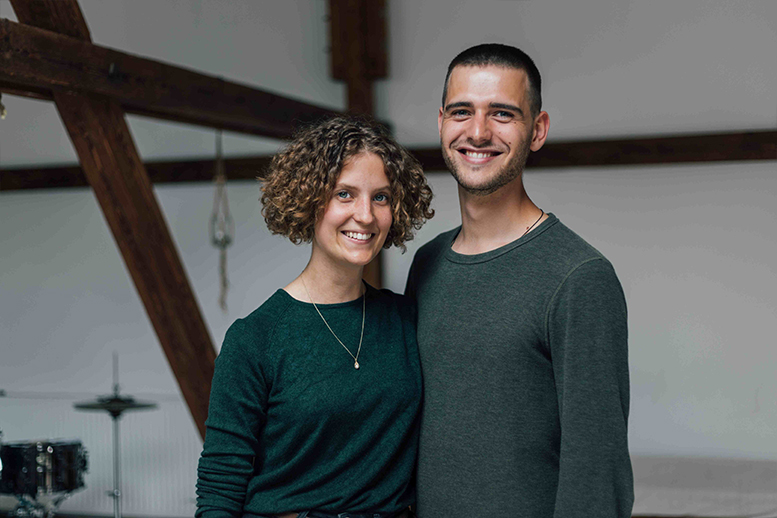
Latest news
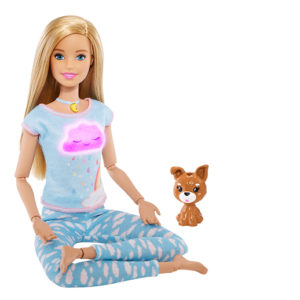
-ADVERTISEMENT- The wellness and fitness trend has arrived in the …
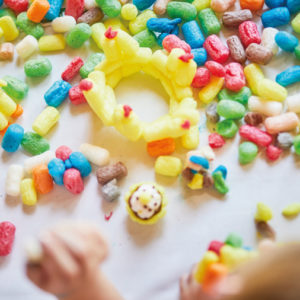
The fight against environmental destruction and the climate crisis are …
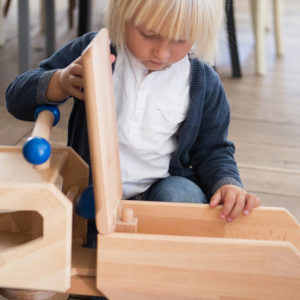
Anyone looking for new products in the field of toys, …
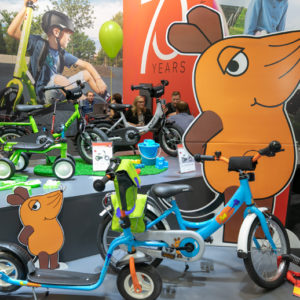
It is a market with huge dimensions and great potential. …

For companies, a social media presence has become indispensable and …
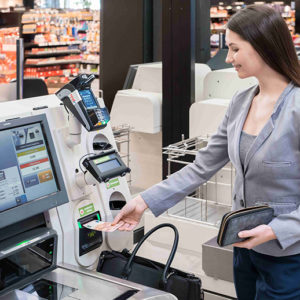
Hardly anything disturbs customers as much as waiting at the …
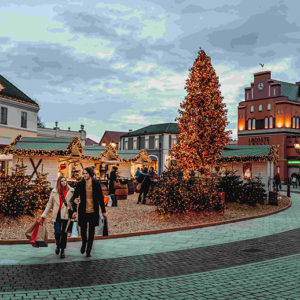
Research by TV station RBB has shown that some outlet …
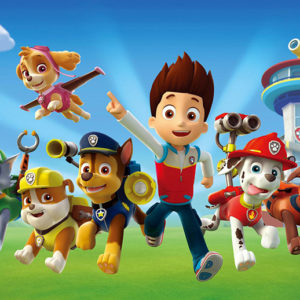
The industry association Licensing International (formerly LIMA) has honored outstanding …
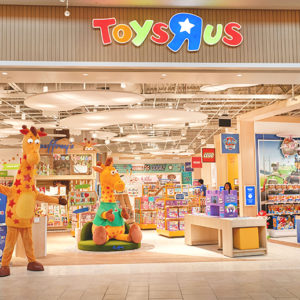
The toy dealer wants to leave his insolvency behind him. …
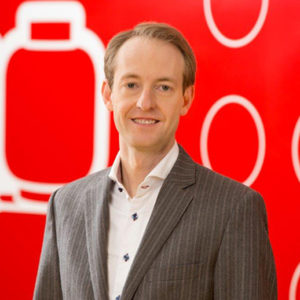
A neuroscientific study conducted by the Goldmedia Research Institute on …
Communications manager Hannah König and managing director Stephan Schenk are the minds behind the stacking stones. With this product joboo GmbH creates a variety of movement incentives for children - but also has other target groups in its sights. The Luna Journal spoke with the two founders.
Since when do stacked stones exist and what is special about them?
After a two-year development process, the Stapelstein 2017 was presented to the public for the first time at the Didacta education fair in our hometown Stuttgart. The Stapelstein is characterised by its highly stimulating character, which encourages a lively and creative examination of the object. The extraordinary ratio of lightness and stability makes it usable for toddlers as well as adults with and without disabilities. The stacking stone moves and connects generations.
For which purposes can the stacking stones be used and who are the main target groups?
Rolling, balancing, swimming, sitting, filling, hiding, structuring, touching, transporting drums, stacking and much more. Somewhat more abstract: The Stapelstein supports the moving promotion of motor skills, cognition, social competence and creativity. At the moment we focus our concept on children from one year up to school age. The stacking stones are used in public institutions such as crèches, kindergartens and schools as well as at home in the children’s room.
The stacking stones are suitable for children from one year of age. Special regulations must be observed. What material do you use and where are the products made?
The stacking stone consists of the resource-saving material “EPP”, which is 100% recyclable. EPP is free of blowing agents, plasticizers and other additives - we process it pure and 100 percent in Germany. The stacked stone, which weighs only 180 grams, can already be moved by small children according to their age and, due to its round shape and damping properties, does not pose any risk of injury.
How important is sustainability for you?
The stacking stone is produced in a very environmentally friendly way. The innovative foaming process with pure steam alone enables us to save 96 percent raw material. We are convinced that the long-term usability of a product is at least as important for sustainability. As early as the design process, we made sure that the stacking stone had a timeless appearance, is durable and ultimately easy to recycle. Respect for our environment accompanies us in every thought, decision and action, both within the company and at home.
Which channels do you use to address the buyers of the stacked bricks?
We are personally present at numerous education fairs and specialist congresses and are convinced that the stacking stone must be physically experienced and tested in order to understand its great potential. But we also want to be digitally present for our target group. Through our Instagram channel, we enter into a direct exchange with our users. The opinion of the users is particularly important to us and has been a decisive inspiration since the beginning of the project.
Online shop, trade fairs, stationary trade? What are your most important sales channels?
In the beginning it was the trade fairs that brought us into contact with our first trading partners. Kindergarten and school dealers have been our mainstay ever since. This year, online retailing has experienced a big upswing in the home and lifestyle sector.
Where can stacked bricks still be used and what are your plans for expanding your customer segments?
In addition to our core business in public facilities from crèches to schools, we see opportunities in the therapy and fitness segments. Another potential is nursing care for the elderly. Here, too, the lightness, safety and easy handling of the stacking stone are particularly valuable.
How has your company developed and what are your other goals?
We have enjoyed constant growth since the company was founded. But with this project we want to move people instead of just money. In addition to our goals for a movement friendly and common society we are on our way to a climate neutral production.
What is the significance of movement toys? How do you assess this market segment?
There are too many rigid, undynamic objects. Chairs and tables, for example. No matter in which room you go - they stand lifeless next to each other and block the way. How is the desire to move supposed to arise? Changeable objects, on the other hand, encourage a situation-oriented change of space and motivate people to move themselves. We don’t think it’s about creating more “toys” to compensate for rigid living environments, but about making objects, furniture and above all the basic architecture more movement friendly.
What are your recommendations for being successful in this industry with movement toys?
A product development that emerges from practice and together with children.
You might be also interested in:
Children’s outfitter with a real eye-catcher - Interview with Start-up Panther
Mami Poppins - Traveling with a young start-up company
Award: “Red Dot” for innovative products for babies and children
Link: The still young stacking stones offer new impulses to the market for movement toys.
Image: Joboo GmbH
//KH



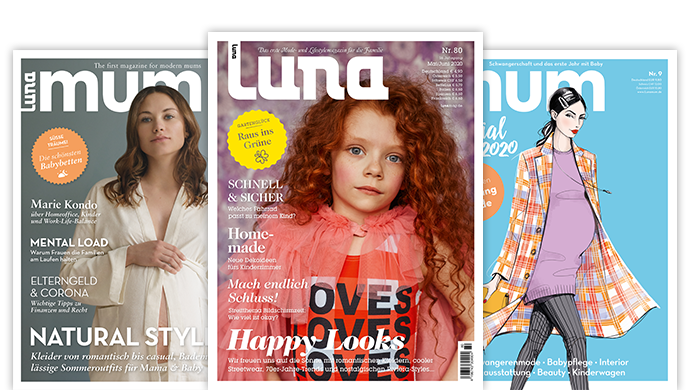
Leave a Reply